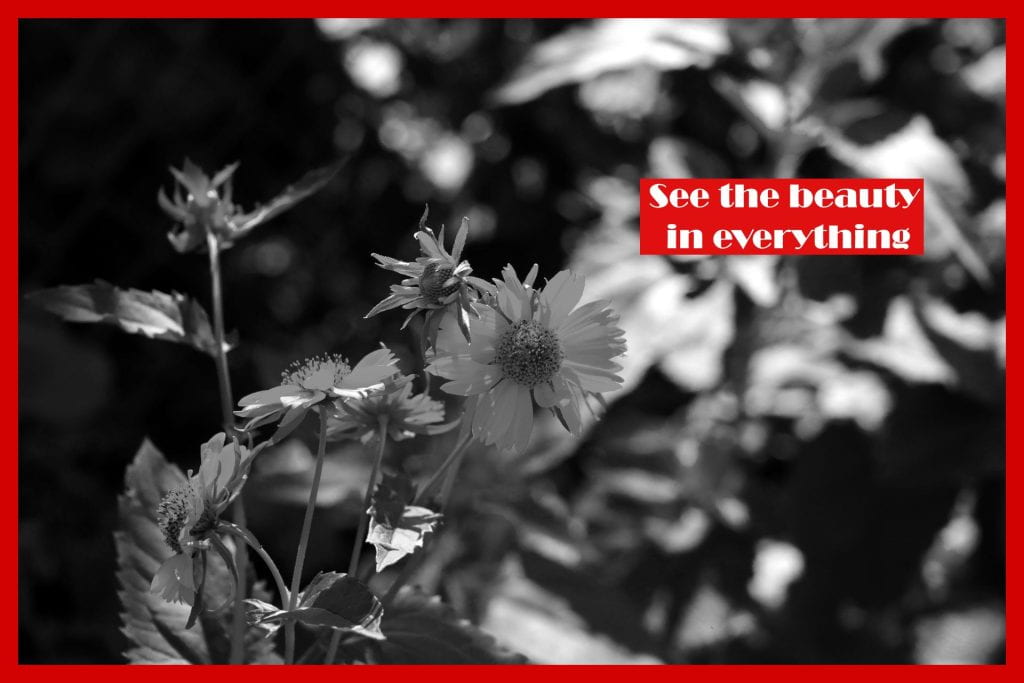
Portraits with makeup

BARBARA KRUGER STYLE

i want my viewers to see the inter and outer beauty in things.
10 tips every photographer needs to know
1.lighting- good lighting can make or break a photo, so experiment with natural and artificial light.
2. Composition- pay attention to the placement of subjects, lines, and shape within your frame.
3.perspective- try different angles and perspectives to add depth and interest to your photos.
4.focus- ensure your subject is sharp and in focus to create a clear and impactful photo
5. patience- its important to be patient to get the perfect shot.
6.creative- get creative with your work the more creative the better.
7.background- be mindful of what’s happening behind your subject to avoid distractions.
8.editing- post processing can enhance your photos so learn basic editing techniques.
9.practice- keep shooting and experimenting to improve your skills and develop your own style.
10.Take your picture with you everywhere to capture unexpected moments!
mirror image

fun, bright, music, colorful, interesting, vibrant, lively, eye catching, bold, expressive
Album cover

Artificial Intelligence in photography
Photographers can harness the power of artificial intelligence (AI) in a variety of ways to enhance their craft. One way is through AI powered image recognition, which can help photographers organize and categorize their vast collection of photos. By using AI algorithms. photographers can quickly search for specific images based on objects, locations, or even emotions captured in the photos.
Another way AI can benefit photographers is through automated editing tools. AI algorithms can analyze an image and make intelligent adjustments to enhance its quality, such as adjusting exposure, color balance, and sharpness. This can save photographers valuable time and allow them to focus more on the creative aspects of their work.
Furthermore, AI can also be used to assist with image composition. By analyzing millions of images, AI algorithms can provide photographers with suggestions and guidelines on how to compose their shots for maximum impact.
Overall, artificial intelligence offers photographers exciting opportunities to streamline their workflow, improve the quality of their images, and unleash their creativity in new and innovative ways.
Aura

Ted Talk
the speaker discusses the role of photography in storytelling and empathy they discuss how a single photography can evokes emotions spark conversation and inspire action. By capturing and sharing moments through photography we can create a sense of shared humanity and foster empathy. The speaker dives into the power of photography as a means of connection and communication. they explore how photography can transcend language and cultural barriers allowing people to connect and understand each other on a deeper level. Overall, the ted talk offers a compelling perspective on the ways in which photography can bridge gaps and foster connections between people from different backgrounds. It highlights the ability of a photograph to tell stories evoke emotions and promote understanding.
Black and white


Black and white photography is all about capturing images without color. it’s a classic style that can bring out the beauty and simplicity of a subject. By removing the distraction of color, black and white photos let us focus on things like composition, contrast, and texture. They can create a timeless and nostalgic feel and add drama or mood to a picture. Light and shadow play a big role in black and white photography making it visually striking. it’s a cool way to experiment with different tones patterns and shapes and add an artist touch to your photo.